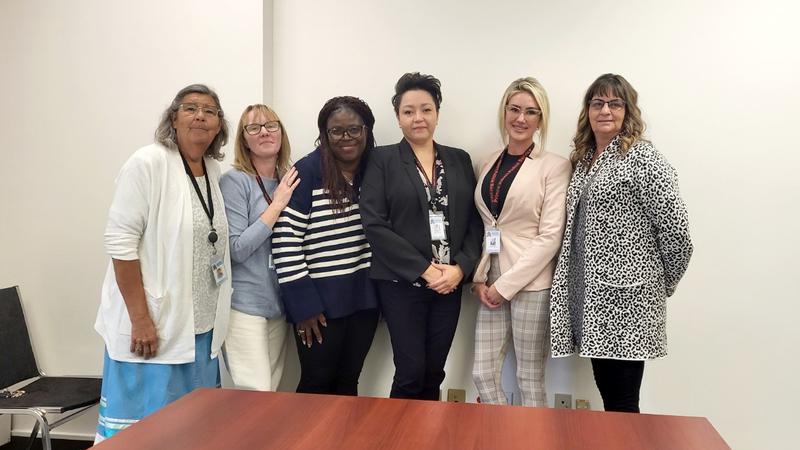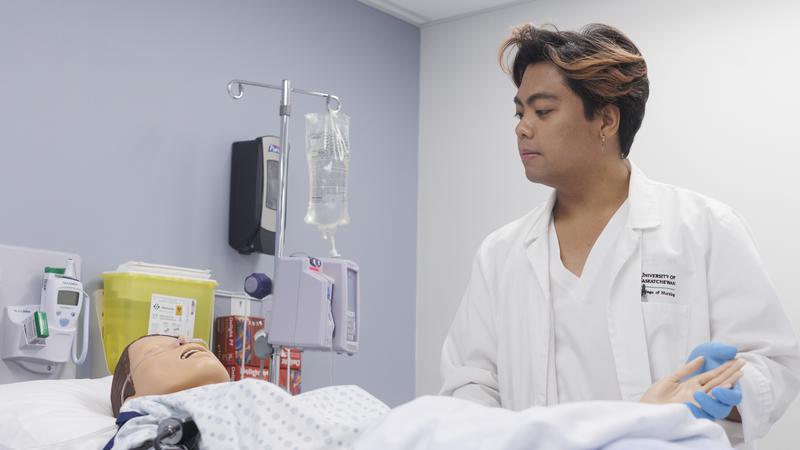
Human trafficking is happening in northern Sask; P.A. women’s group says
A group of Prince Albert women with a passion for helping victims of crime has taken on human trafficking, something they say is a concern locally and across northern Saskatchewan.
A subcommittee of the Prince Albert Police’s Women’s Commission plans to start by raising awareness of the scope of the problem and said they too were surprised to find Prince Albert has cases.
“We are a small city. Everybody knows everybody. Why would anybody need to traffic someone here anyway? It’s not like we’re a port city, we’re not B.C., we’re not Toronto. It’s not happening here, and it was at that point then, where we started doing some of our research and digging into it, and we realized that it very much is happening in Prince Albert,” said Reverend Nora Vedress, who is a minister at Calvary United Church in Prince Albert and serves as a chaplain for PAPS. She is also a member of the Women’s Commission.
Statistically, the group said that over 50 per cent of people being trafficked are young Indigenous girls and 72 per cent are younger than 25. This is also a group that is seven times more likely than any other female in Canada to be murdered or go missing.


